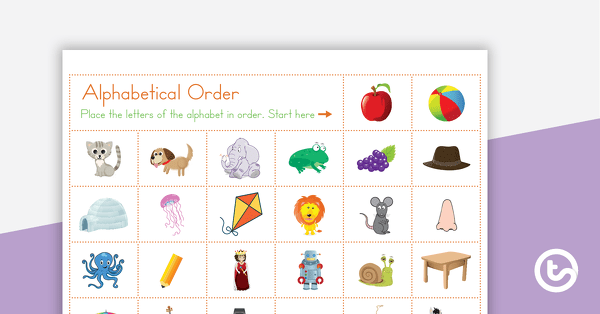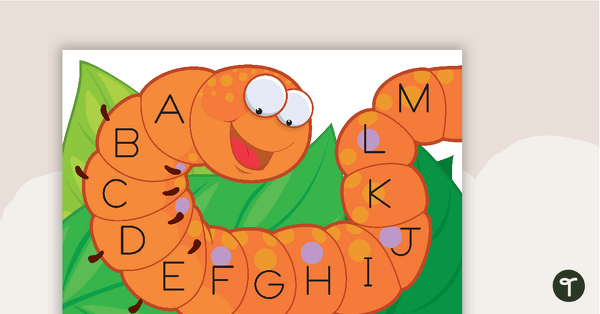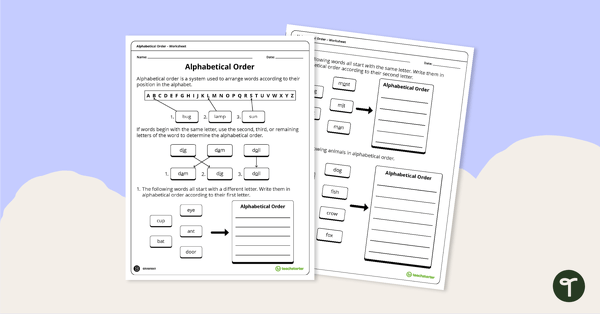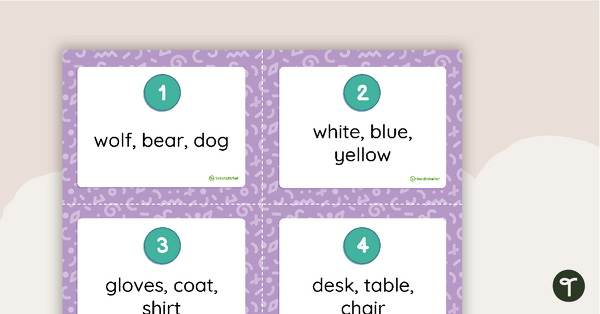Test your students' phonological awareness with this diagnostic reading assessment.
📚 What is a Diagnostic Reading Assessment?
A diagnostic reading assessment measures students’ competency in each of the five components of reading: vocabulary, phonemic awareness, phonics, fluency, and comprehension. These are given periodically throughout the school year and help teachers plan instruction accordingly.
This resource focuses on the phonemic awareness component of reading. The skills that are included in this diagnostic tool include:
- rhyme recognition
- rhyme production
- word awareness
- syllable awareness
- initial sound identification and production
- final sound identification
- sound segmentation
- sound blending
- medial sound identification
There is also a basic letter/sound knowledge and awareness checklist. Though not a phonological awareness skill, it’s also crucial to gain an understanding of where your students are with this knowledge.
Please note: This has been created to be used as a guide for teachers. It is advised to check what programs or other testing your school wishes for you to complete with your students.
Easily Download & Print
Use the dropdown icon on the Download button to choose between the color or black and white PDF version of this resource.
Because this resource includes multiple recording sheets and hands-on manipulatives, we recommend you print one copy of the entire file. Then, make photocopies of the recording sheets for each student in your classroom.
You will want to print the hands-on components on cardstock for added durability and longevity. Place all pieces in a folder or large envelope for easy access.
Don’t stop there! We’ve got more phonics assessments to shorten your lesson planning time:
[resource:4479005] [resource:2656746] [resource:2656750]












0 Comments
Write a review to help other teachers and parents like yourself. If you'd like to request a change to this resource, or report an error, select the corresponding tab above.